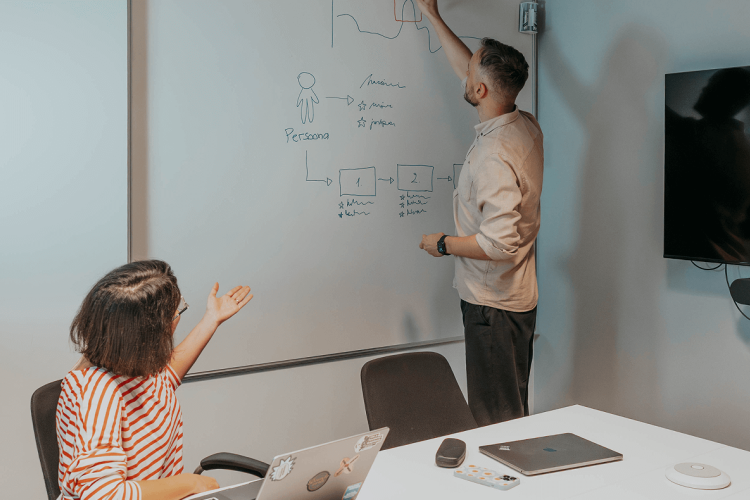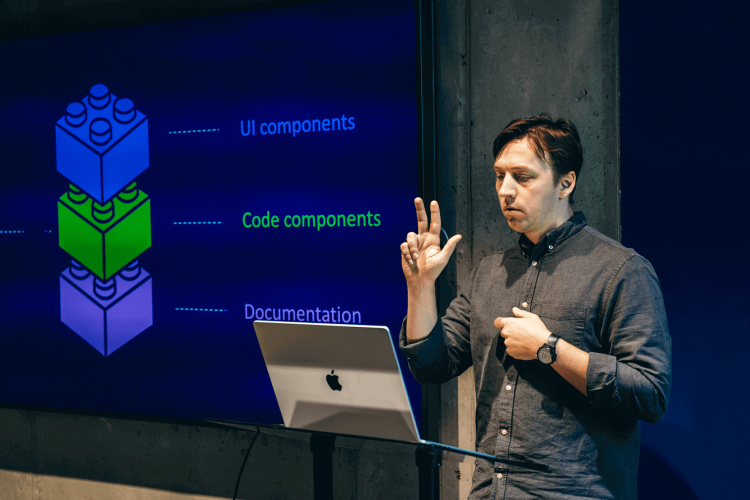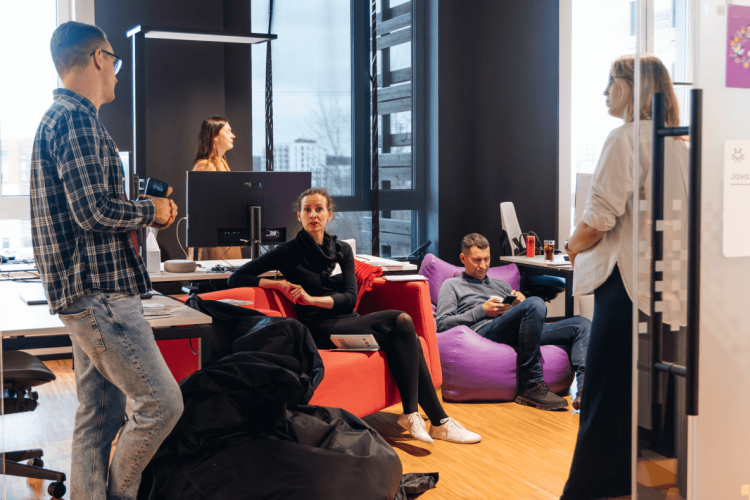Life event services 2030: How to create user-centric public digital services
Think for a moment about what you expect from the state when something important happens in your life – a child is born, you retire, or you get divorced. Would you like all the services related to these events to come to you automatically, without having to search for information in ten different places, fill out numerous forms, and enter the same data repeatedly?
This is exactly the future we shaped in the project of the Ministry of Justice and Digital Affairs (formerly the Ministry of Economic Affairs and Communications), where the vision and roadmap of Estonian life event services up to 2030 were created.
Why did we do this?
Estonia’s digital state has been a world pioneer, but in order to keep up with user expectations and technological development, we need a new approach. Life event services bring together services related to the same event, which may be provided by different institutions, into a single service for the user.
Life event services consist of sub-services that are interconnected, technologically seamless, and invisible until the moment a person needs them. They are based on the events of a person’s life, not the logic of state institutions. Providing state services in this way is the next major leap in the digital state.
The project was commissioned by the Ministry of Justice and Digital Affairs, and under the leadership of the Trinidad Wiseman team we prepared a vision that will guide the development of public services over the next decade.
At Trinidad Wiseman, we provide methodologies and tools to analyse the current situation and to create a vision, strategy, and action plan. We help organisations look to the future and move faster and more resource-efficiently towards their goals. Would you like to discuss possible cooperation? See more on our website and contact us.
What was completed?
We prepared a common vision of how Estonian public services could function by 2030:
- services are based on the person’s situation and needs;
- the state provides the service proactively – not after the person knows how to ask for it, but at the moment they need it;
- everything needed is connected – in the case of one event, a person does not have to communicate with several institutions;
- services are accessible from any device and understandable to everyone;
- the emotional side is important – in difficult moments in life, the service must create a sense of security, not stress.
In addition to the vision, we also created a specific roadmap: what activities must be completed by 2030 in order for all this to happen. For example, legislation must be changed, a sustainable financing model must be developed, a technological platform must be created, and cooperation between institutions must be strengthened.
How did we do it?
Creating a vision was not just writing documents – to understand the situation and shape a meaningful future, our strategic designers carried out several important steps.
1. We analysed the source documents.
As a first step, we familiarised ourselves with previously prepared national development plans and strategy documents so that the vision we created would align with them.
The main documents we took into account were: the strategy Estonia 2035, the development plan Estonian Digital Society 2030, the vision document Personal State 2024, the state portal Eesti.ee project Personal and proactive self-service, and the event services analysis prepared in 2020.
In order to design future-proof state services, in addition to the domestic background system, it was also necessary to consider factors that will affect people’s lives and living and working environments in the near and distant future. Therefore, the project also examined future influencing factors. These will bring significant changes in the social, technological, economic, environmental, and political environment and shape the value framework in which the state will provide its services.
2. We conducted two workshops to create the vision.
The first workshop focused on mapping needs. Together with the service owners of life event services and their sub-services, we discussed which current problems have not yet been solved, what the expectations are for the future, and which activities need to be planned to move in the desired direction. We analysed what is working well in the development of event services and what requires more attention than before. We conducted a SWOT analysis from the perspective of both users and service providers, highlighting the strengths and weaknesses, threats, and opportunities of the services. As a result, the first draft of the vision and a conceptual action plan were created.
The second workshop took participants to the future – literally. Using the three horizons method of futures thinking, we explored what kind of ecosystem of public services we want to see and what we must do to achieve it. We described the desired future state of event services in 2030 – how many and which services should be available by then and how they should function.
3. We prepared a vision document.
In the final stage, we combined the results of the source document analysis and workshops into a single vision document, Vision and Strategy for Life Event Services 2030.
Within the project, we also prepared a roadmap of goals, metrics, and activities for the implementation of the vision, describing the necessary changes in legislation, financing, technological platform development, governance, and cooperation.
What next?
Much work lies ahead. The vision provides direction, but its implementation depends on decisions to be made politically, in each institution, and in every development team.
The tasks of the Ministry’s Life Event Services team are to:
- deliver the message to all service owners;
- to ensure funding for a central platform for service development in the new EU budget period (the challenge for service owners is to ensure the sustainability of their service across different channels);
- create clear cooperation and management models that bring together different parties and align them behind a common goal.
And most importantly – involve users from the beginning, not only when the service is ready.
Conclusion
A clear plan increases efficiency. A unified vision and strategy help the event services team move more efficiently towards goals. Among other things, the project has the following positive effects:
Greater engagement and closer collaboration – the development of life event services requires close cooperation across the public service ecosystem. In addition to people, information systems must also communicate with each other, which requires the development of the legal framework and technological platform. In the project, we involved all key parties in creating the vision and strategy.
Clear goals and metrics – strategic planning provides the team with clear guidelines for future activities and measuring progress. As a result of the project, we formulated measurable goals and necessary activities, for example, in terms of legislative drafting, technological platform development, governance model, and cooperation.
Increased resource efficiency – strategic thinking helps to use resources more efficiently, which is equally important in the public and private sectors. The aim of life event services is to provide citizens with better services that are developed and delivered in a resource-efficient way.
Risk mitigation – an important aspect of strategic planning is risk analysis. During the project, we considered possible risks and threats and what measures could be taken to prevent them.
A more future-proof strategy – in creating future scenarios, we took into account megatrends and developments shaping the world (such as technology and artificial intelligence), and thus created a strategy that is more future-proof.







